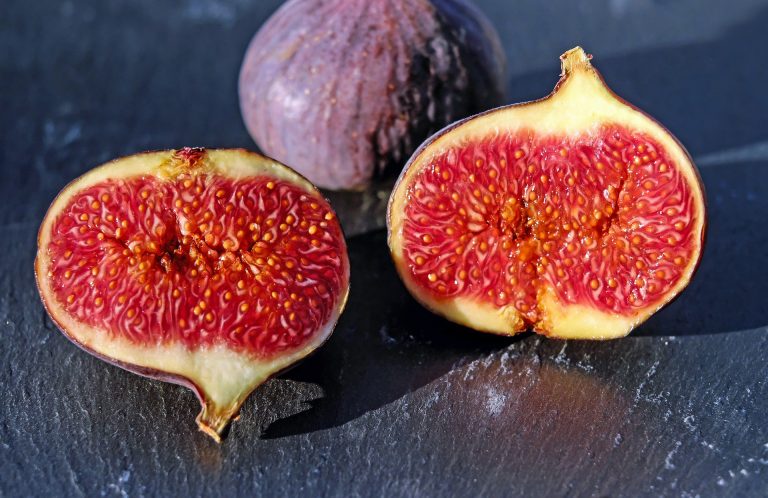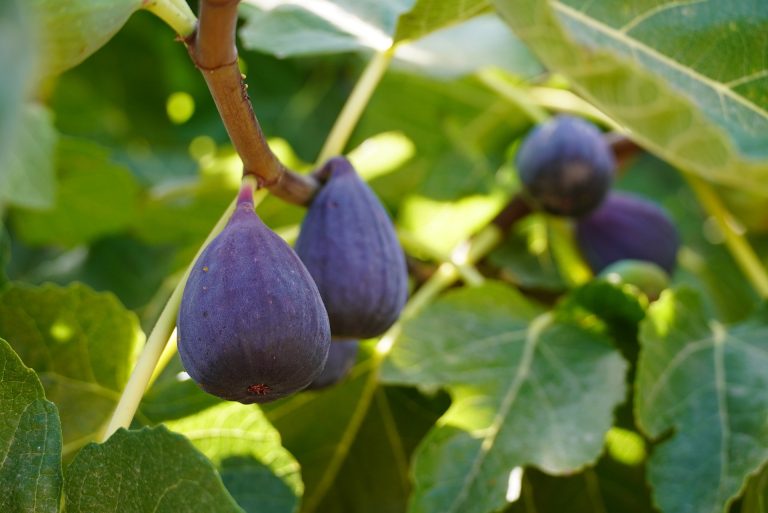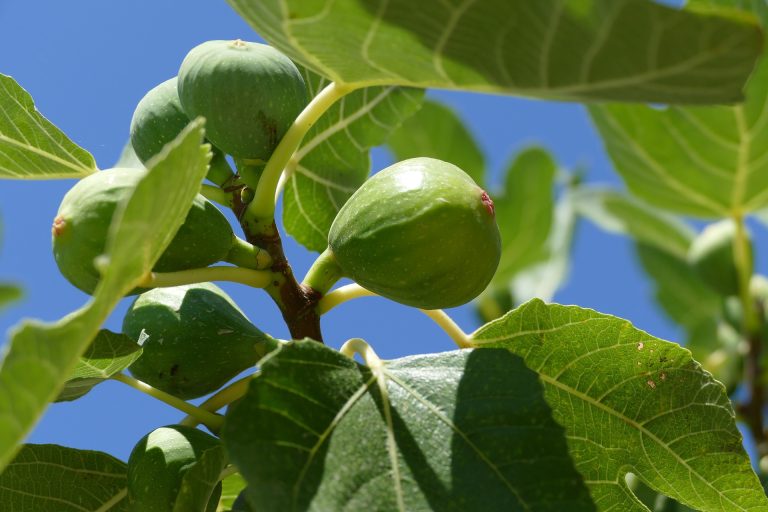Introduction
Figs, with their unique taste and rich history, hold a special place in both culinary traditions and botanical sciences. These ancient fruits, native to the Mediterranean region and Western Asia, have been cultivated for thousands of years. Figs are not only valued for their sweet and succulent flavor but also for their nutritional profile and potential health benefits. In this article, we delve into the botanical characteristics, cultivation practices, nutritional value, culinary uses, medicinal properties, and cultural significance of figs.
Botanical Characteristics
Figs are the fruits of the Ficus tree, a member of the Moraceae family, which includes over 800 species. The most commonly cultivated species for edible figs is Ficus carica. Fig trees are deciduous or evergreen, depending on the climate, and can grow up to 10-30 feet tall, with broad, lobed leaves. Figs themselves are technically not fruits but syconia—hollow, pear-shaped structures lined internally with tiny flowers. These flowers produce numerous small seeds that give figs their unique texture.
Figs come in various colors ranging from green to purple, depending on the variety. They have a sweet, honey-like flavor and a soft, chewy texture when ripe. Figs can be eaten fresh or dried, and their versatility makes them suitable for a wide range of culinary applications.

Cultivation
Figs thrive in warm climates with plenty of sunshine and well-drained soil. They are cultivated in regions around the Mediterranean, Middle East, California, and parts of South America. Fig trees are relatively low-maintenance once established and are often propagated through cuttings rather than seeds. They can tolerate dry conditions but require regular watering, especially during fruit development.
Fig trees have a unique pollination process that involves a symbiotic relationship with a tiny wasp called Blastophaga psenes (fig wasp). This wasp pollinates the fig flowers from within, and in turn, lays its eggs inside the developing fig, where its larvae develop. This intricate relationship ensures the pollination and reproduction of fig trees.
Nutritional Value
Figs are nutritionally dense fruits, rich in vitamins, minerals, and dietary fiber. A serving size of about 100 grams of fresh figs provides approximately 74 calories, 19 grams of carbohydrates, 3 grams of fiber, 0.75 grams of protein, and minimal fat. Figs are a good source of vitamins such as vitamin A, vitamin K, and several B vitamins (including B6 and folate). They also contain minerals like potassium, calcium, magnesium, phosphorus, and iron.
Dried figs, due to their concentrated nature, are higher in calories and sugar compared to fresh figs but retain most of their nutritional benefits. They are a popular snack and ingredient in baking, providing natural sweetness and a chewy texture to various dishes.

Culinary Uses
Figs have been a staple in Mediterranean cuisine for centuries and are used in both sweet and savory dishes. Fresh figs can be eaten on their own or paired with cheeses like goat cheese or blue cheese for a delightful contrast in flavors and textures. They are also commonly added to salads, where their sweetness complements bitter greens and tangy dressings.
In baking and desserts, figs shine in recipes for cakes, tarts, jams, and preserves. Dried figs are often used in Mediterranean pastries and confections, as well as in trail mixes and granola bars for a natural sweetener and energy boost.
Medicinal Properties
Beyond their culinary appeal, figs have a long history of use in traditional medicine for their potential health benefits. They are rich in antioxidants, including polyphenols and flavonoids, which help neutralize harmful free radicals in the body and reduce oxidative stress. Regular consumption of figs may contribute to improved cardiovascular health by lowering blood pressure and cholesterol levels.
Figs are also valued for their high fiber content, which promotes digestive health by supporting regular bowel movements and preventing constipation. The soluble fiber in figs helps maintain healthy blood sugar levels and may aid in weight management by promoting satiety.
In traditional medicine, figs have been used to treat a variety of ailments, including respiratory problems, skin conditions, and even as a natural remedy for diabetes. More research is needed to fully understand the extent of figs’ medicinal properties and their potential applications in modern healthcare.

Cultural Significance and Traditions
Figs hold cultural significance in many societies around the world, dating back to ancient times. In Greek and Roman mythology, figs were revered as symbols of fertility, abundance, and prosperity. The fig tree was also associated with wisdom and enlightenment, often mentioned in religious texts and literature.
In some cultures, fig leaves have been used historically as a covering or adornment, while fig fruits were offered as gifts during celebrations and festivals. Today, fig festivals are still celebrated in Mediterranean countries and beyond, showcasing the versatility and cultural importance of this beloved fruit.
Conclusion
In conclusion, figs are more than just a fruit—they embody a rich tapestry of history, culture, and culinary delight. From their ancient origins in the Mediterranean to their widespread cultivation around the world, figs continue to captivate with their sweet flavor, nutritional benefits, and potential health-promoting properties. Whether enjoyed fresh, dried, or incorporated into savory and sweet dishes, figs offer a versatile and nutritious addition to any diet.
As ongoing research uncovers more about the health benefits and culinary potential of figs, their popularity is likely to grow further. Whether you savor them on a cheese platter, bake them into a dessert, or enjoy them straight from the tree, figs remain a timeless symbol of nature’s bounty and the enduring connection between food and culture.

